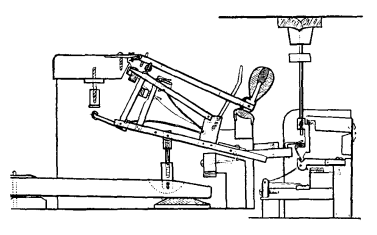How Sébastien Érard’s Double Escapement Revolutionized the Piano
When you listen to a rapid trill or a thunderous Liszt passage on a grand piano, you're hearing the legacy of Sébastien Érard, a French inventor whose 1821 creation—the double escapement action—transformed piano performance forever.
Who Was Sébastien Érard?
Born in 1752 in Strasbourg, France, Érard was a visionary instrument maker known for his work on harps, harpsichords, and eventually, pianos. By the early 1800s, he was at the forefront of innovation, serving the needs of an evolving musical landscape.
The Problem: Slow Repetition
Cristofori originally invented the escapement mechanism which was the first development away from harpsichords to the early piano. Early pianos used a single escapement mechanism, meaning a key had to fully return before it could be played again. This limited speed, fluidity, and expression—especially for virtuoso performers like Liszt and Chopin.
The Breakthrough: Double Escapement (1821)
Érard’s solution? A double escapement action, which allowed hammers to reset more quickly thanks to a repetition lever.
This meant:
• Faster note repetition
• Greater dynamic control
• Smoother, more expressive playing
A New Era for Piano Performance
Érard’s innovation allowed pianos to keep pace with the era’s most demanding music. Liszt, Chopin, and others used Érard pianos to push the boundaries of virtuosity. Erard had several other patents and improvements in design, all of which are still used in modern pianos today. Today, nearly every grand piano—from Steinway to Fazioli—uses some version of Érard’s mechanism. It's a core part of how modern pianos function.


